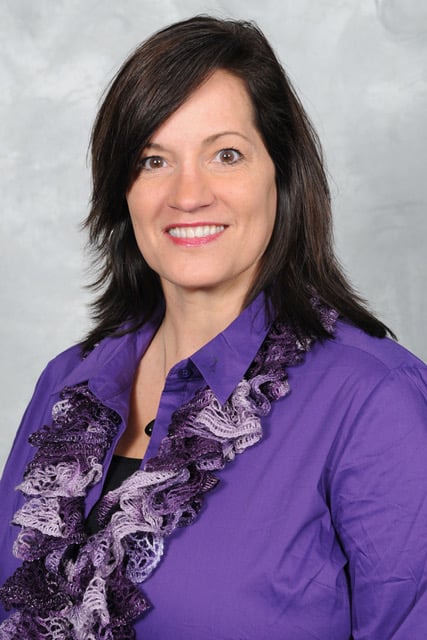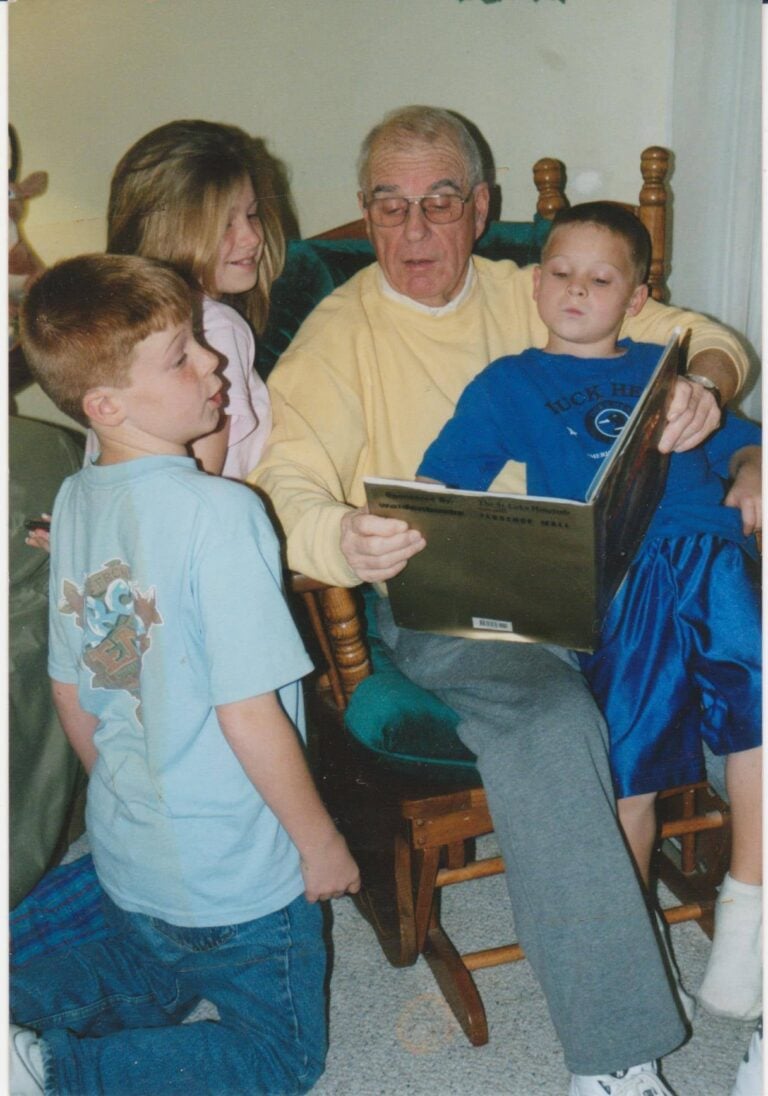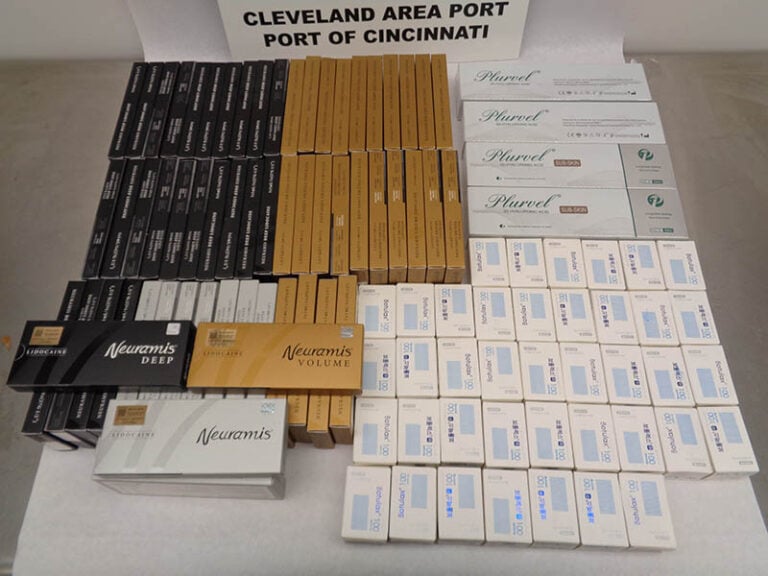(This is part of an occasional series on athletes who made a difference at Villa Madonna Academy/Thomas More College/Thomas More University.)
By Raymond G. Hebert, PhD
Special to NKyTribune
Rick Hughes was a talented athlete who played Thomas More College basketball during a difficult decade, the 1990’s, when winning records were harder to come by. For context, by the 1990s, the legendary coach “Gentleman Jim” Connor had retired, and Larry Cox was the coach from 1990–1998 with a career-long record at TMC of 96-95. Much success during the 1990s can be attributed to Rick Hughes and a hard-working group of teammates who did the best they could in a conference with only four teams and no automatic bid into the national postseason tournament.
During those years, Rick Hughes, who had played high school basketball at Walnut Hills in Cincinnati, was prolific enough to have scored 2,605 points between 1992 and 1996, still over 500 points more than the second in that category. Averaging 25 games per year, according to Michael Pagano (the Co-Sports Information Director), Rick finished his career with: “101 games, 2,605 total points, 888 rebounds, 173 assists, 145 steals, 156 blocks, 514-695 (.740) from the free throw line, 13-46 from beyond the 3 point line (.283), 1,039 of 1,700 from the field (.611).” The latter represented a career shooting percentage of over 60%, an extremely impressive record.

Other notes from Michael Pagano and Conference data show that Hughes was a First Team all-AMC Player of the Year in 1993–1994 after having been named Co-Player of the Year and Co-Newcomer of the Year in 1992–1993 for the Association of Mideast Colleges (AMC). He was also likely a First Team All-Conference in each of those years. On February 21, 1995, it was announced that Rick Hughes was selected as the Nation’s NCAA Division III Player of the Week after scoring 91 points with 35 of 48 field goals, plus adding 35 rebounds, 7 assists, 4 blocked shots, and 4 steals that week. In one of those games, he scored 50 points vs. Asbury College. The TMC Press Release added that “these numbers set a school record for field goals made and rebounds in consecutive games. Later, on March 27, 1995, the Conference (AMC) announced that “Rick Hughes was selected to the Columbus Multimedia 1994–1995 Division III Men’s Basketball All-American First Team, after having earned Great Lakes Player of the Year Honors.” (TMC Press Releases, February and March 1995). This was for a team that was 14-12, which was enough to win the AMC regular season title (1st) and the second AMC Tournament title.
Most interesting to the average sports fan would be Hughes’ remarkable consistency during his four-year career: with his point totals for 24 to 26 games each year being 600/687/658/660 which totaled 23 points per game in 1992–1993; 26.4 in 1993–1994; 27.4 in 1994–1995, and 26.4 in 1995 1996 with comparable numbers for rebounds. What was noteworthy about Rick Hughes was that he came ready to play every game regardless of the team’s record or any possibilities of postseason play. The Conference, with only four teams, did not have an automatic berth in the Division III tournament in any sport which worked against all of Thomas More’s sports teams. Even our 10-0 1991 football team did not get a bid to the tournament although they did get into the tournament the following year (1992) when they were 9-1. They were defeated in the first round that year by Emory & Henry College.

At the time of his induction into the Thomas More Sports Hall of Fame, Rick Hughes held double-figure school records and his list of accomplishments was remarkable. The TMC/TMU Hall of Fame biographical sketch (inducted in 2002) summarizes it well:
”Hughes played in 101 career games and started 95 while his career scoring average was 25.8 points per game and his rebounding average was 8.8 rebounds per game. He led Thomas More in scoring in 89 games and in rebounding in 69 games. Hughes totaled 37 career double-doubles in points and rebounds and was only held below 10 points in a game two times. He scored 30 or more points in a game 29 times and 20 or more points 81 times. He also had 10 or more rebounds 37 times.”
The greatest game in Hughes’ illustrious career occurred on February 18, 1995, on the road as the team defeated Asbury, 108-107. In that game, he scored a school-record 50 points and grabbed 23 rebounds, both game-highs. He made 20-of-30 attempts from the floor and 10-of-15 attempts from the free throw line. Two other players for Thomas More scored in double figures as Hughes also led the team in assists with six while adding three blocks.
Thomas More won three AMC Championships during Hughes’ career. He is the only player ever to have been each of the following: four-time AMC Player of the Year; four-time First-Team All-AMC; four-time AMC All-Tournament and three-time AMC Tournament Most Valuable Player.
He also held the record for most points in AMC Tournament history with 58, a record that he set twice. Hughes was also a 1996 National Association of Basketball Coaches (NABC) First-Team All-American and a two-time Columbus Multimedia First-Team All-American selection in 1995 and 1996.
Since leaving Thomas More, Hughes began playing professional basketball both overseas and in the United States. After his senior season, he was selected by the Connecticut Pride with the 26th overall pick in the 1996 Continental Basketball Association (CBA) draft. While playing in Lebanon in 1998, Hughes averaged 36.3 points per game, the tops of any pro league in the world that year. Six National Basketball Association (NBA) teams looked at Hughes prior to the 1999–2000 season.
The Utah Jazz put Hughes on their pre-season roster prior to that season and on Wednesday, October 13, 1999, he entered an NBA game for the first time, scoring four points. One of the biggest moments of his career came on Friday, October 15, 1999 when he scored a team-high 19 points against the Seattle Supersonics and was featured in the highlights that night on ESPN’s SportsCenter (Thomas More Sports Hall of Fame Official Biographical Sketch).
The Cincinnati native played in 21 games for the Dallas Mavericks during the 1999–2000 season, averaging 3.9 points per game and in 2000, he was in the Golden State Warriors training camp. Hughes was signed by the Kansas City Knights of the American Basketball Association (ABA) on March 20, 2002. Prior to that, he was a member of the Nike Elite traveling team that played against Division I competition in exhibitions before the 2001–02 season.
Dr. Raymond G. Hebert is Professor of History and Executive Director of the William T. Robinson III Institute for Religious Liberty at Thomas More University. He is the leading author of Thomas More University at 100: Purpose, People, and Pathways to Student Success (2023). The book can be purchased by contacting the Thomas More University Bookstore at 859-344-3335. Dr. Hebert can be contacted at hebertr@thomasmore.edu.
We want to learn more about the history of your business, church, school, or organization in our region (Cincinnati, Northern Kentucky, and along the Ohio River). If you would like to share your rich history with others, please contact the editor of “Our Rich History,” Paul A. Tenkotte, at tenkottep@nku.edu. Paul A. Tenkotte, PhD is Professor of History at Northern Kentucky University (NKU) and the author of many books and articles.





















